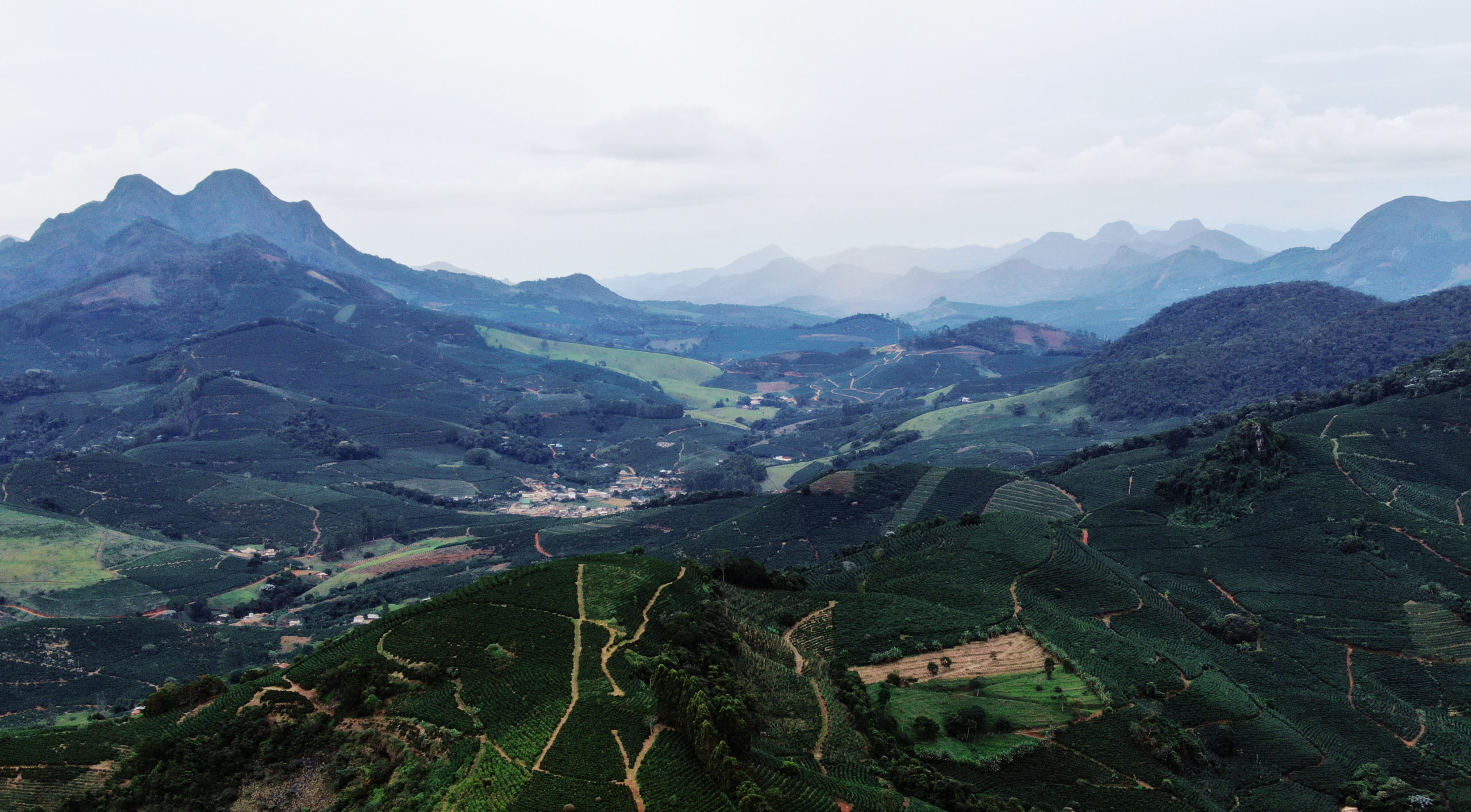Montanhas de Minas
Harvest: April–September
Altitude: 400–1,200 metres (1,310–3,940 feet) above sea level
Rainfall: 1,000–1,700 millimetres (39–67 inches)
Temperature: 19–25°C (66–77°F)
Montanhas de Minas is a small region lying in between Matas de Minas and Chapada de Minas. Like Matas de Minas, the region became viable for the production of specialty coffee after the development of pulped natural processing. The landscape is rugged, and due to its steep slopes, most coffees must be picked by hand (Cárdenas 2014). Coffee from the region typically has moderate حموضة.
Norte e Noroeste de Minas
This designation encompasses those parts of the northwest of the state that do not fall within the region covered by the Cerrado Mineiro Denominação de Origem (DO). For details on the characteristics of coffee from this region, see the section on Cerrado Mineiro below.
Cerrado Mineiro
Harvest: May–September
Altitude: 800–1,300 metres (2,620–4,260 feet) above sea level
Rainfall: 800–2,000 millimetres (31–79 inches)
Temperature: 22–27°C (72–81°F)
The Cerrado, a vast tropical savannah, stretches across a number of Brazilian states. The Cerrado is home to unique species and vegetation types, growing on a highland plateau (planalto) which covers much of central Brazil. The acidic soil was thought to be unsuitable for large-scale agriculture until the 1970s (Lopes 1996), when it was found that liming the soil to التوازن the pH could make the region highly productive. The Cerrado is now characterised by large-scale beef producers and corn, soy, and wheat farms, as well as coffee growing.
Cerrado Mineiro was the first coffee-producing region in Brazil to be awarded a Denominação de Origem (DO). The region is home to about 4,500 producers who collectively account for 25% of the production in Minas Gerais. Farms in the region are typically large and highly mechanised, taking advantage of the flat land.


